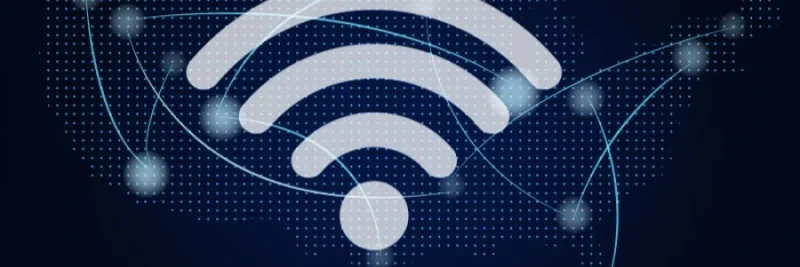Public Technology for the greater good
It should come as no surprise that over 80 percent of adults in the United States use the internet.1 In fact, over half the world’s population owns a smartphone—a technology that relies exclusively on broadband for many of its primary functions.2 So, with the proliferation of internet usage being what it is, you’d expect that a similarly high percentage of citizens have access to affordable and reliable internet.
Unfortunately, that’s not the case.
Commonly referred to as the “digital divide,” the economic variance between those with access to the internet compared to those without access is striking—and unsettling.3 By the numbers, 74 percent of adults with a household income of less than $30,000 per year have home broadband.1 On the flip side, 97 percent of adults with a household income of $75,000 and above have internet in their homes. In every aspect of society, the internet’s presence and value has been meteoric. From business and education to our means of communicating and connecting, it’s almost become a requirement of those who wish to participate in society to have access to the internet—and at all times.
With this in mind, an important question arises: If the internet is so fundamental to nearly every experience now, how is it that so many U.S. citizens don’t have affordable access to it—and how can this problem be fixed?
Water. Electricity. Internet?
As the need for affordable and widespread broadband connection is identified, another, perhaps larger, issue comes into perspective. Should the internet be a public utility, the same way water and electricity are?
Susan Crawford, author of Captive Audience: The Telecom Industry and Monopoly in the New Gilded Age, argues that internet service is fundamental to contemporary economic success, so potentially, yes: The internet could become a public utility.3 She suggests that it is political misguidance, corruption and lobbyists preventing U.S. citizens from all walks of life from receiving the affordable, fast broadband services several other countries around the world already have as a basic utility. Now, the very country that invented the internet struggles to provide all citizens with access to it.
Though we know the internet is a necessary utility in modern society, what can we do to further access to it?
Connecting Communities
In 2009, the Obama administration passed the American Recovery and Reinvestment Act (Recovery Act), which included multiple broadband initiatives that totaled $7.2 billion in funding.4 Among these was the Broadband Technology Opportunities Program (BTOP), which utilized a $4 billion grant. The program’s goal is to promote job growth, education and many other crucial public interests by furthering all people’s ability to access computers, broadband services and new technologies.5
In a nutshell, work is being done. But, there’s a long way to go. The Recovery Act was passed in 2009, and still, many rural and urban communities are without affordable and reliable internet. However, some companies are taking matters into their own hands. For instance, AT&T’s Project AirGig plans on utilizing plastic antennas attached to power lines to provide affordable, multi-gigabit Wi-Fi to any community, rural or urban.6
While initiatives like these are beneficial for the time being, the need to get broadband access to everyone is only going to increase as our technological dependence deepens. For society to truly benefit from what the internet has to offer, it’s vital that everyone has access to it. Moving forward, perhaps the larger question we need to address is, Who will be the drivers of this change?
Discover how earning an advanced degree can help you make a difference in your community.
Take the first step towards public good
*Kent State University does not directly recommend or support the above-mentioned applications or products.
Sources:
- Duggan, M. and Perrin, A. (June 2015). Americans’ Internet Access: 2000-2015. Retrieved on April 27, 2017, from pewinternet.org/2015/06/26/americans-internet-access-2000-2015/
- Weiss, L. (June 2014). The Connected City and the Future of Free Wi-Fi. Retrieved on April 27, 2017, from wired.com/insights/2014/06/connected-city-future-free-wi-fi/
- Gustin, S. (January 2013). Is Broadband Internet Access a Public Utility? Retrieved on April 27, 2017, from business.time.com/2013/01/09/is-broadband-internet-access-a-public-utility/
- Federal Communications Commission. Broadband Opportunities: Funding for Rural Broadband Services. Retrieved on April 27, 2017, from wireless.fcc.gov/outreach/index.htm?job=funding
- National Telecommunications & Information Administration. Broadband Technology Opportunities Program. Retrieved on April 27, 2017, from ntia.doc.gov/category/broadband-technology-opportunities-program
- (September 2016). Urban, Rural and Underserved Parts of the World Could Benefit from AT&T’s Innovative Wireless, Multi-Gigabit-Speed Internet Connectivity. Retrieved on April 27, 2017, from about.att.com/newsroom/att_to_test_delivering_multi_gigabit_wireless_internet_speeds_using_power_lines.html





